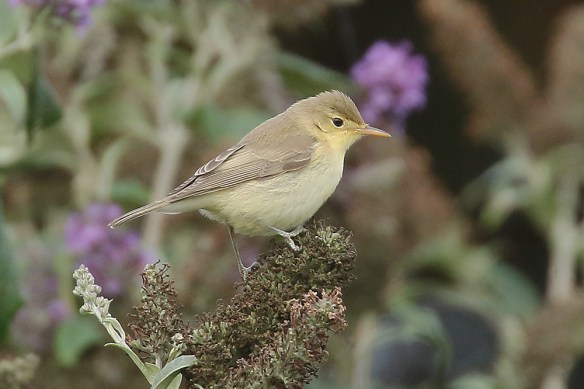By Liz Corry
Chough census
Ahead of the Island census next month we have taken account of Jersey’s chough numbers. We are missing several birds from the Sorel feeds. It is becoming increasingly harder to conclude that a chough missing at the feed means a dead chough. The chough in France is testament to that! However, the chances of them being alive are very slim if we don’t have any sightings elsewhere, there has been a long and consistent absence from Sorel, and/or their partner has re-paired.
With that said we have nine birds who have become ‘missing presumed dead’ over the last six months. This potentially brings the Jersey population down to 34 from 43 and one female in France.
I have managed to carry out one catch-up to replace missing rings. We now have a few more birds with missing or broken rings. This adds to the confusion of who is present or not.
Plémont pair
The situation at Plémont has been a bit of a mystery. Beaker has still not been seen despite the female, Beanie Baby, regularly showing up for supplemental feeds. Only one chough was seen at Plémont. Then towards the end of the month, two choughs were flying around. This coincided with Beanie Baby preening and foraging with a new male at Sorel!
We need to confirm which birds are at Plémont. Gut feeling says Beaker is no more, Beanie has found a new partner, and is having another go nesting at Plémont.
Corbière pair
Another curve ball…the female hanging out at Corbière has not been seen in a long time. Her partner, Minty, has been at Sorel every afternoon for the feed. Here is the ‘fun fact’, Minty is now paired with Beanie Baby.
Trinity choughs
Choughs have been visiting the Zoo again. One in particular. In fact, of all the times we have been able to identify leg rings, it has been Bee or Bee with Pinel a young male. She visited the Zoo last year when she was paired with a different male, Mac. Whilst never confirmed, we assumed Bee and Mac were the pair regularly spotted around Trinity and St Martin.
Mac has been missing for a while. Bee might be visiting the chough aviary in the Zoo looking for a new partner. There are still three single males in with the breeding pair. She might simply be looking for free food whilst away from Sorel. She has been observing the keepers and now tends to arrive shortly before a feed is due then disappear until the next feed. The Zoo choughs get three feeds a day.
Breeding pairs for 2021
We have ten pairs going into the 2021 breeding season. We only have twelve males in the flock, two of which are only one year of age, so ten is good going. Half the pairings are proven, having produced one or more broods in the past.
Hopes for a Trinity nesting pair now seem very slim. Plémont still has promise although unintentional public disturbance could be an issue if the 2020 nest site is used. As always Ronez Quarry will be the stronghold and the focus of our monitoring.
Observations at the supplemental feeds suggest the nest building or, for some, nest-refurbishment started this month. We think at least one female has started egg laying. Could we have Easter chough chicks?
Cappy in Carteret
Cappy is still alive in Carteret and starting to gain followers in France.

France and the Écréhous (foreground) are visible from Jersey’s north coast (through a 60x zoom!). Photo by Liz Corry.
Zoo news
Keepers managed to catch-up the three boys from the display aviary in the zoo and move them to an off-show holding area. This allows Tristan and Penny to start breeding without territorial disputes.
All three males looked healthy and were implanted with transponders for ID. All of the captive-bred birds have them. They will be exported to Paradise Park when travel permits.

A Jersey Zoo chough getting a transponder fitted under the skin for identification purposes. Photo by Bea Detnon.
Whilst travel doesn’t permit…
I have attended several online planning meetings over the past few month regarding proposed chough work in the UK. I tend not to mention them as they are quite heavy going, tedious things…





















































